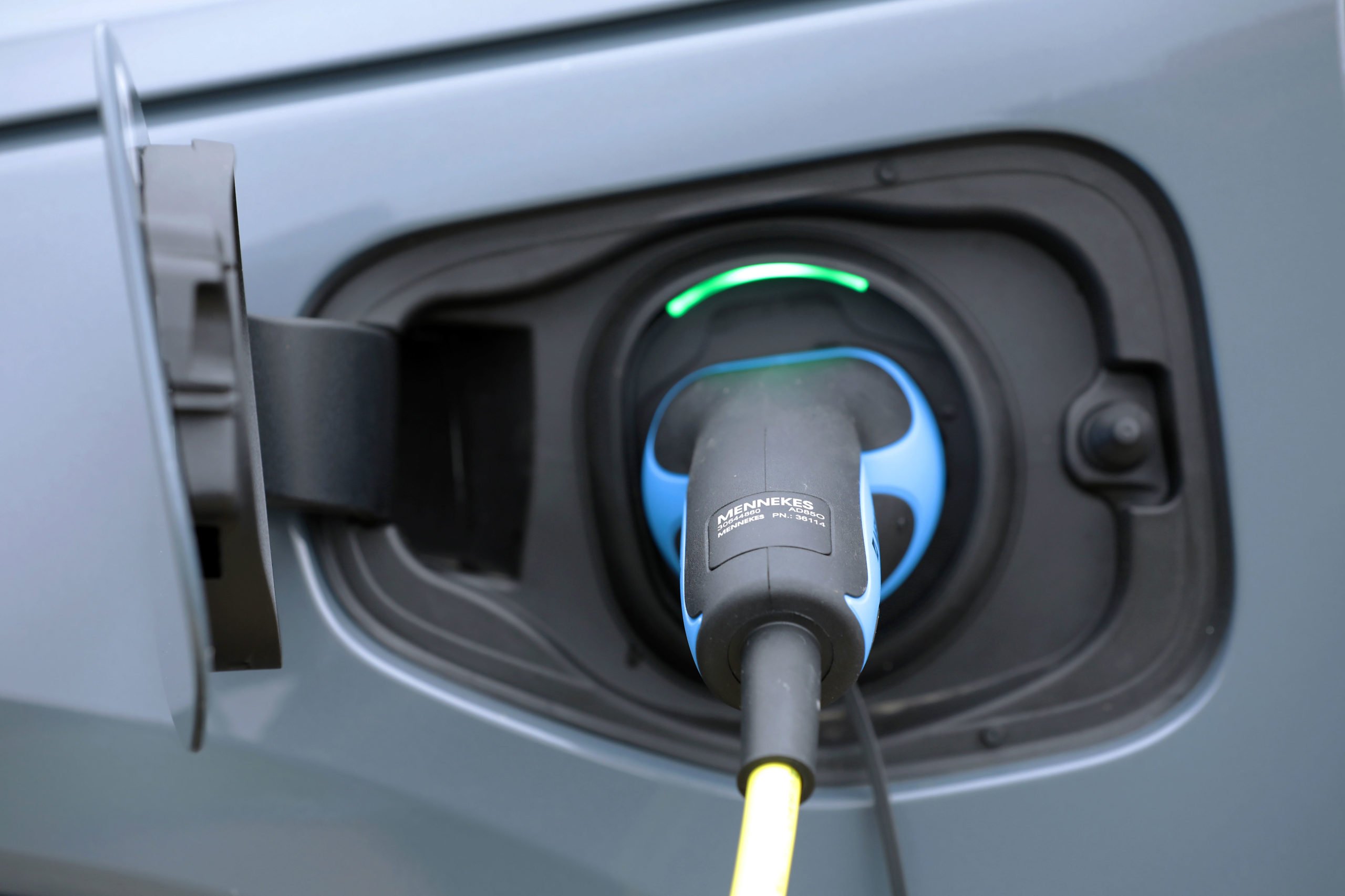Transport for London (TfL) has proposed radical changes to the congestion charge that will bring massive bills for larger families and which penalise early adopters of congestion charge-busting hybrid cars. It also raises fundamental questions about the scheme’s aims; is it to reduce congestion, raise revenue, penalise drivers of larger cars or to cut emissions?
In its consultation due to be issued on Friday, TfL confirms it intends to link the new charge to car CO2 emissions. Models which emit under 120 g/km CO2 or less will be exempt, while those over 225 g/km will pay £25 a day to enter the recently enlarged central London zone. Most other cars and commercial vehicles will pay £8 a day.
Ironically, owners of some early versions of low-CO2 hybrids can expect to start paying £8 a day too. That’s because only cars with the latest Euro 4-compliant engines1 will qualify under new exemption criteria. It also means that families with some seven-seater MPVs and estate cars could be hammered by up to £5,300 a year from February next year, compared to £1,696 now.
The worst news though comes for families living within the zone. Currently, residents are eligible for a 90 per cent residents’ discount on the £8 daily charge, meaning they pay around £170 a year. Under the new proposals there will be no residents’ discount for owners of cars emitting more than 225 g/km CO2. That means a bill of up to £5,130 a year more than they are paying now.
‘Londoners will be sceptical about the motives for this significant change to congestion charging and many will fear this is already a done deal,’ said SMMT chief executive Christopher Macgowan. ‘However, we will push for a re-think on these totally disproportionate proposals. A family whose car emits one g/km more than their neighbour’s could end up paying thousands of pounds more a year. That can’t be right.’
– 2 –
On the positive side, exemption criteria will become technology neutral. In other words, regardless of powertrain type, cars emitting less than 120g/km, including petrol and diesel models, will pay nothing to enter the zone.
Incentives for commercial vehicles are welcome too, with trucks meeting highest air-quality standards (Euro 5) set to qualify for a £2 daily discount. However, SMMT is concerned that the new scheme will add further layers of bureaucracy and confusion for road haulage companies struggling to come to terms with the forthcoming introduction of the Low Emission Zone (LEZ).
Manufacturers investing in high blend bio-ethanol (E85) cars will be disappointed that TfL is not considering them for congestion charge exemptions. Tailpipe CO2 emissions are similar to petrol equivalents. However, recent studies at Imperial College demonstrate significant well-to-wheel CO2 benefits of E85 compliant cars – 41 per cent in the case of a Ford Focus FFV2. This should have been factored into TfL’s exemption criteria.
Notes:
1. Euro 1 engine standards were introduced in 1992 for cars and commercial vehicles. These regulate levels of air quality emissions like NOx and diesel particulates (PM10). CO2 emissions are not currently regulated. Euro 4 engine standards are now mandatory for cars and Euro 5 commercial vehicles are now coming to market. In its most recent congestion charge impact study, Transport for London noted that NOx emissions (nitrogen dioxide) have come down by 17 per cent within the congestion charging zone, while particulate emissions (PM10) have fallen by 24 per cent. The reason for this improvement is cleaner vehicles, claims the report: ‘In the absence of “step” traffic changes, such as those that accompanied the introduction of congestion charging in 2003, the dominant influence on emissions of key air pollutants in recent years has been vehicle technology improvements.’
2. Researchers at Imperial College, in London, recently led the first study into actual CO2 output for the flexible fuel car – reflecting its use of a renewable fuel. The Ford Focus Flexible Fuel Vehicle (FFV) runs on either bio-ethanol or unleaded petrol in any mix in the same fuel tank. They found that Ford’s 1.8-litre FFV emits 169g CO2/km from its exhaust pipe. However, the Imperial College research says this drops to 99.6g (-41%) when CO2 absorption by crops grown to make bio-ethanol is factored in.
3. At €20 bn, the automotive sector is Europe’s largest investor in R&D, driving industry forward and helping deliver more sustainable motoring for the 21st century. Technological innovation has helped car and CV manufacturers slash CO2 and air quality emissions from vehicles. New diesel cars for example emit 95 per cent less soot from the tailpipe than those made 15 years ago and average new car CO2 has been cut by 12 per cent since 1997.
Each vehicle made in Britain requires half the energy to produce than it did just five years ago, saving an estimated 700,000 tonnes of CO2 a year. Waste to landfill per vehicle produced has also been cut by a factor of four, from 66.4 kg in 2001 to 14.5 kg in 2005. For more details, download SMMT’s annual Sustainability Report from the SMMT web site www.smmt.co.uk/category/reports/


